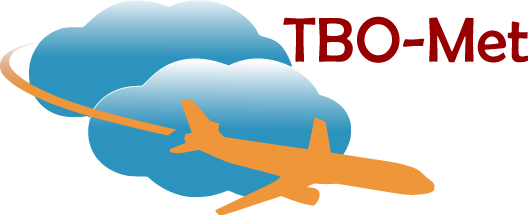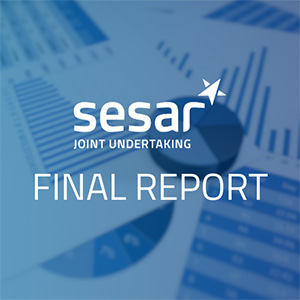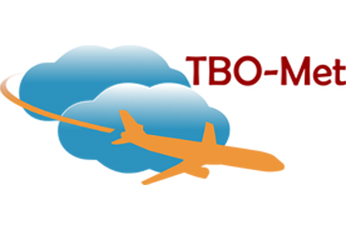Mastering meterological uncertainty in aviation
A better understanding of the factors that lead to uncertainty in air traffic is key when planning, executing, monitoring and synchronising trajectories between ground systems and aircraft. Having more accurate trajectories that factor in uncertainty can in turn increase the predictability of traffic, which has knock on benefits such as increased capacity, improved efficiency and reduced environmental impact.
To this end, the TBO-Met project focused on three research topics: trajectory planning, storm avoidance, and sector demand analysis, considering meteorological forecast uncertainties.The weather forecasts were obtained from ensemble prediction systems and nowcasts, which provide information about wind uncertainty and convective zones (including individual storm cells).
To address mid-term trajectory planning, the project developed a stochastic optimisation approach to plan the most efficient trajectories with low levels of uncertainty. The methodology is capable of trading-off predictability and cost efficiency (flight time or fuel consumption). To address storm avoidance, the project developed a probabilistic trajectory predictor, which proactively proposes possible deviations in order to avoid stormy conditions. As for addressing sector demand, the project defined a methodology to provide a probabilistic sector demand based on the uncertainty of the individual trajectories. The approach is able to quantify the impact of improved trajectory planning considering weather forecast uncertainty on sector demand.
The overall conclusion of the project is that ATM efficiency can be enhanced by integrating weather forecast uncertainty.
Benefits
Reduction of airlines’ buffer times
Better-informed decision making
Increased declared capacity
Better identification of demand-capacity balancing measures




